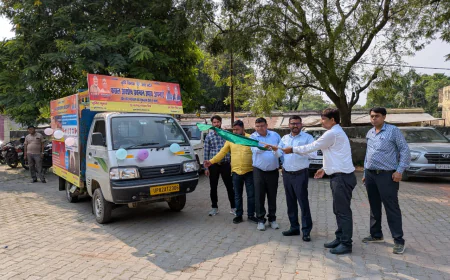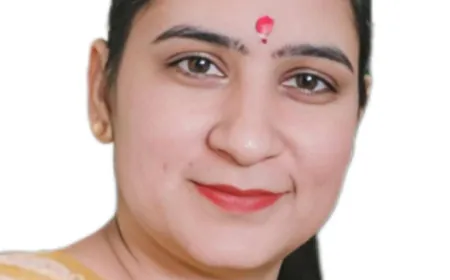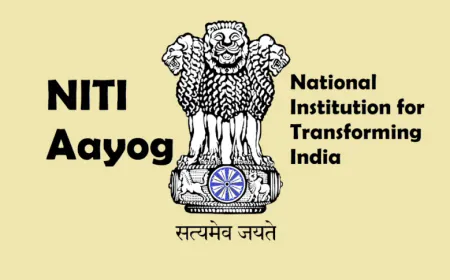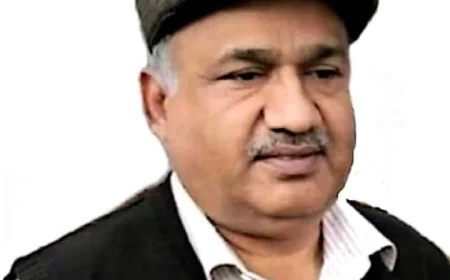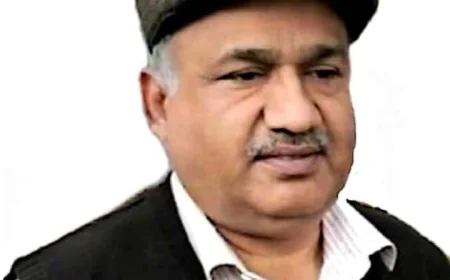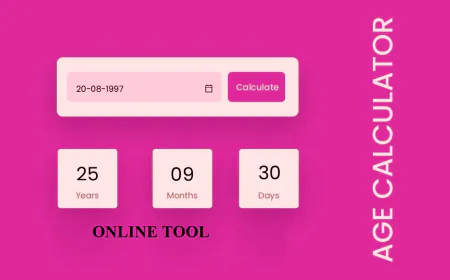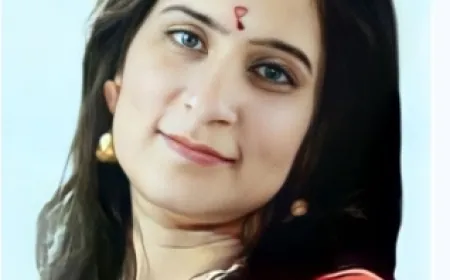India Stands at a Crossroads and must Balance its Population Growth
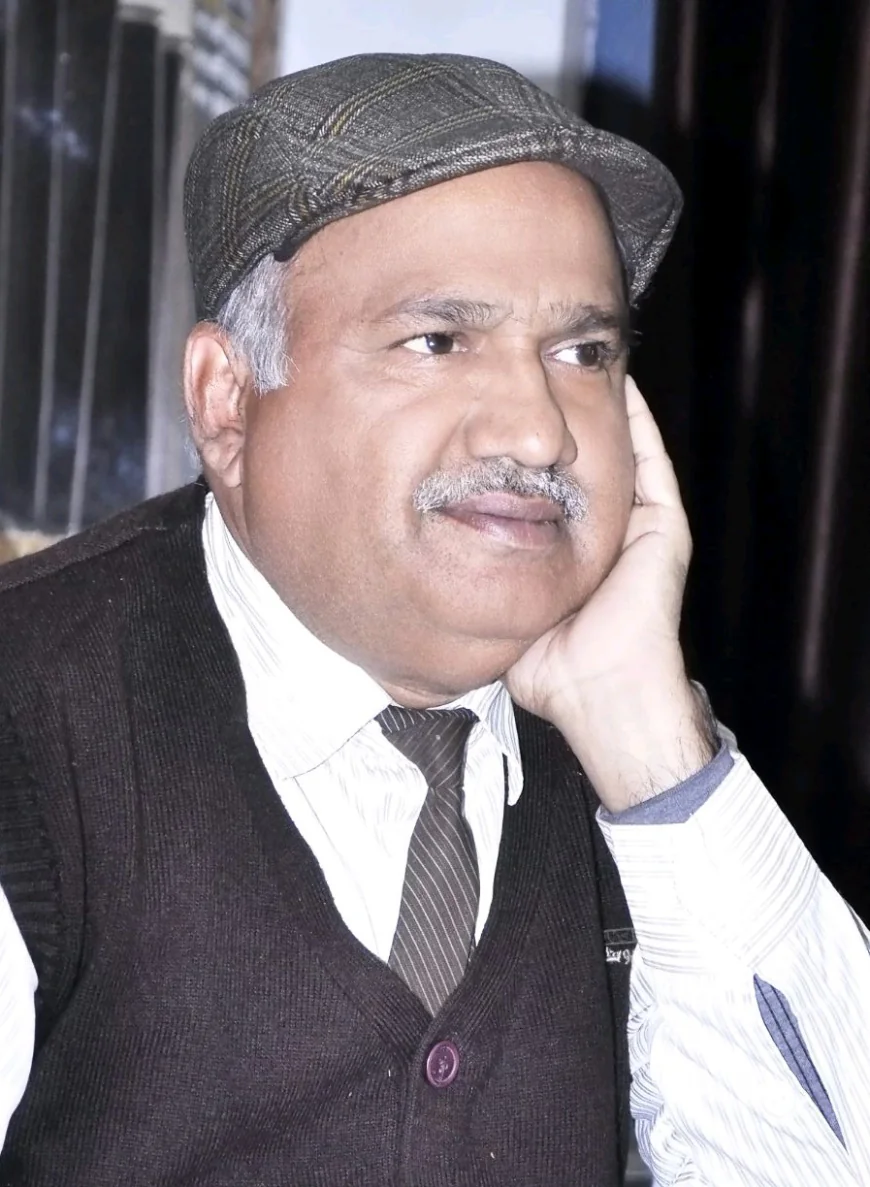
India Stands at a Crossroads and must Balance its Population Growth
We humans are now eight billion and counting. That’s correct — the world population is on an upward trajectory, and at the growing rate, it would surpass 10 billion well before the turn of this century. This could be a difficult situation as it puts enormous pressure on the Earth’s limited resources. However, many other issues, such as the environment, take precedence, and the population does not get the attention it deserves. But the population bomb is ticking, and the sooner it is realised, the better.
Every year on July 11, World Population Day serves as a global reminder of the pressing issues related to population — ranging from overpopulation and reproductive health to gender equality and sustainable development. Initiated by the United Nations in 1989, World Population Day is a stark reminder of the critical interplay between population and the social and economic order and its impact on the environment. Some countries are already facing the strain of rapid population growth, while others are contending with ageing populations and shrinking workforces. Among them, India occupies a unique and complex position.
India’s population has surpassed 1.4 billion. This immense demographic presence is both a potential strength and a looming challenge. On one hand, a large young population — over 50 per cent under the age of 30 — offers a huge workforce. On the other hand, the country must address employment gaps and reproductive health inequities. Though in recent decades there has been a steep decline in India’s fertility rates, the situation is still unmanageable. The national Total Fertility Rate has fallen from more than five children per woman in the 1970s to around 2.0 as of the latest National Family Health Survey. This figure is now close to the replacement-level fertility of 2.1, which is required to maintain a stable population in the long term. However, there are sharp regional differences.
Southern states such as Kerala, Tamil Nadu, and Andhra Pradesh have already gone well below the replacement rate, while northern and central states like Bihar, Uttar Pradesh, and Madhya Pradesh continue to record higher fertility rates, reflecting deeper issues of poverty, illiteracy, and limited access to healthcare. Another concern lies in the gap between the Total Fertility Rate and the Total Wanted Fertility Rate (TWFR), which reflects the number of children women desire to have. This indicates a significant incidence of unintended pregnancies and highlights persistent shortcomings in access to family planning, contraceptive choices, and reproductive rights. India’s challenge also lies in ensuring that its growing population finds productive engagement. The country adds over 10 million people to the working-age population each year. However, job creation has not kept pace with this surge, resulting in growing unemployment. The demographic dividend becomes a liability if skill development and employment generation are not adequately prioritised.
Education, particularly of girls, is perhaps the most transformative tool in managing population growth. World Population Day serves as a reminder that managing population is not just about controlling numbers — it’s about enabling choices, protecting rights, and ensuring that every individual, especially women and girls, has access to the resources and opportunities they need to thrive.
Vijay Garg Retired Principal Educational columnist Eminent Educationist street kour Chand MHR Malout Punjab
